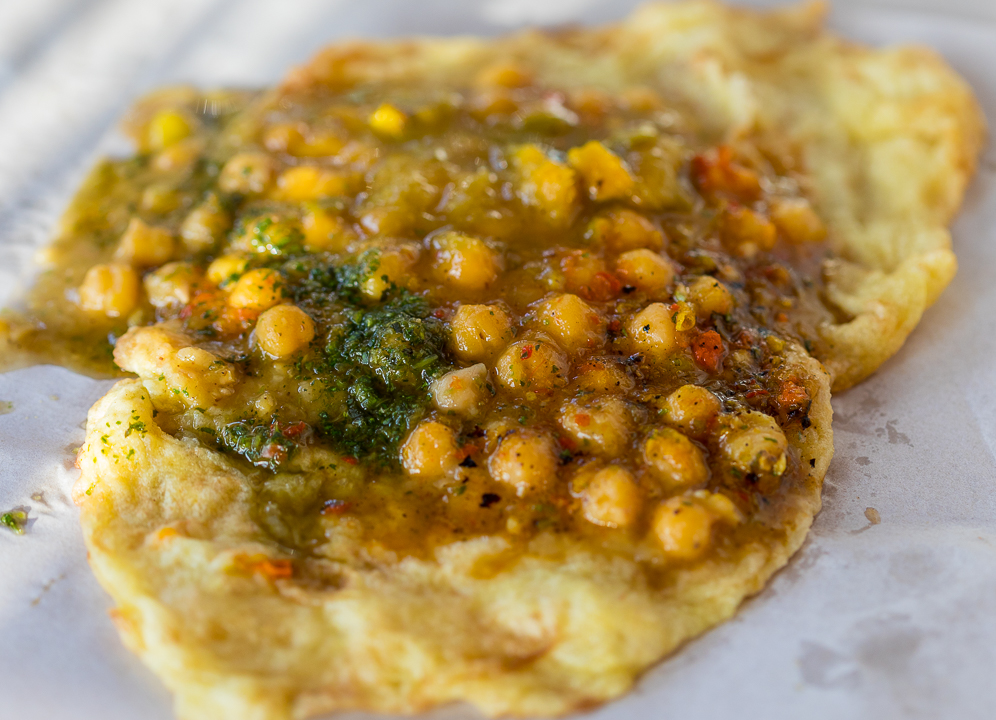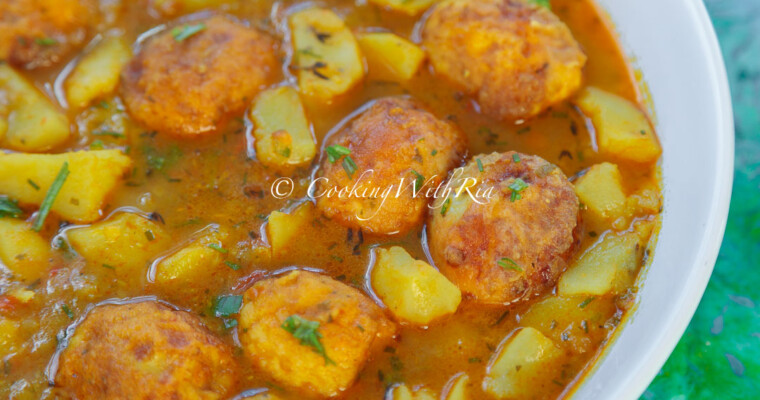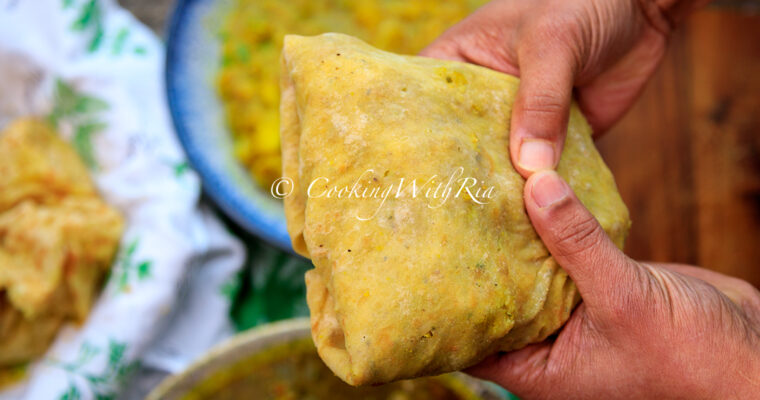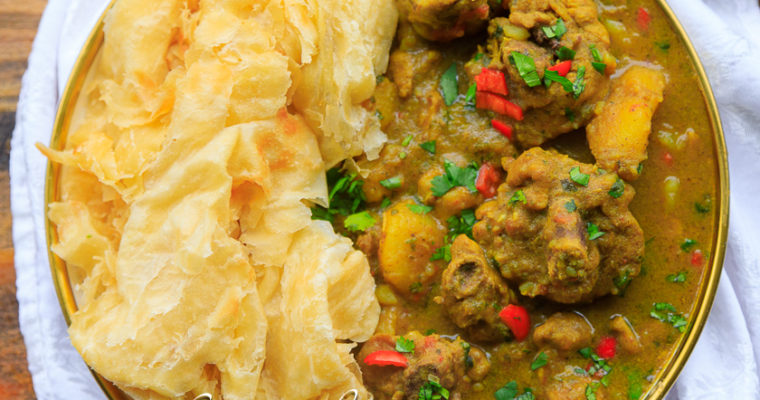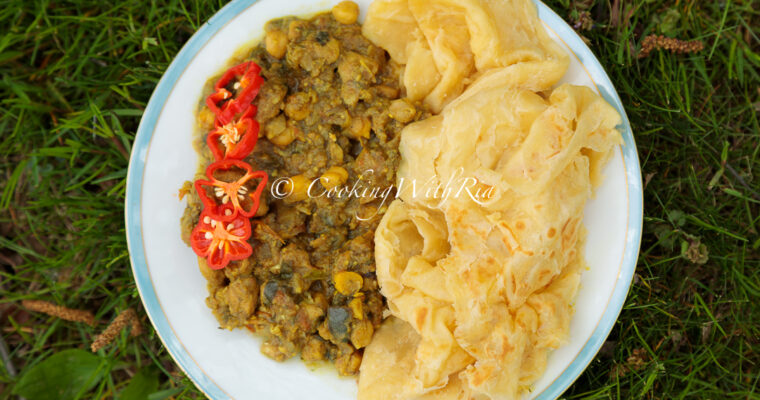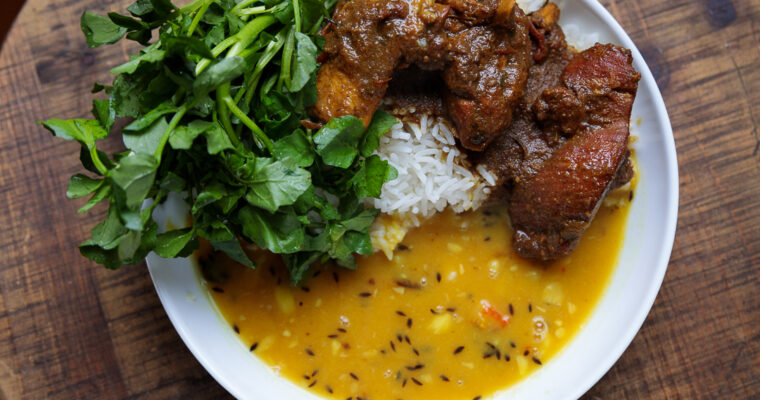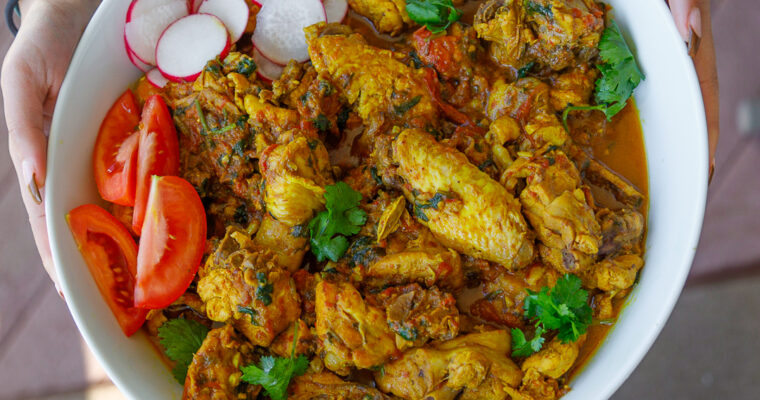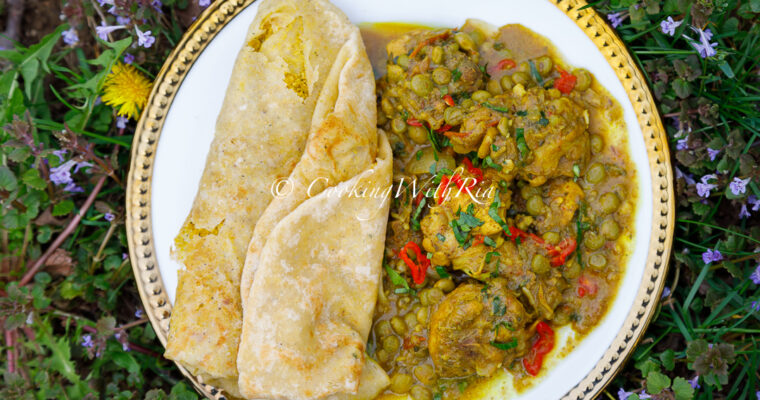Doubles is one of the most popular street foods in Trinidad and Tobago, loved by locals and visitors alike for its unique blend of flavors and textures. It consists of two soft, fried flatbreads called bara filled with a spiced chickpea curry known as channa. Often garnished with pepper sauce, tamarind chutney, cucumber, or kuchela (pickled green mango), this affordable and delicious snack is a go-to for breakfast, lunch, or a quick bite any time of the day. But while doubles is now a staple of Trinidadian cuisine, its origins have a rich history rooted in the Indo-Trinidadian community.
Origins of Doubles: The story of doubles begins in the early 20th century with the arrival of indentured laborers from India, who were brought to Trinidad to work on sugar plantations after the abolition of slavery in 1838. These Indian immigrants brought with them their culinary traditions, including various types of flatbreads (roti) and curries, which slowly became integral parts of Trinidad’s evolving food culture.
The development of doubles itself, however, can be traced back to the 1930s, when it is believed that an entrepreneurial couple, Emamool Deen and his wife Raheman Rasulan Deen, from Princes Town, Trinidad, invented what we now know as doubles. They initially sold chickpea curry (channa) wrapped in a single bara, as a snack they called “channa and bara.” It was a simple and filling option that resonated with the local population, particularly in a time when affordable, hearty street food was in demand.
The snack evolved when customers began asking for an extra piece of bara to sandwich the channa, leading to the creation of “doubles.” This tweak turned the snack into a more substantial, portable meal, making it easier to eat and more satisfying. The Deen family realized that they were onto something and started selling doubles regularly from their small stand. The affordability and the rich flavor of the dish made it an instant hit, and soon, other vendors started selling their own versions of doubles.
The Spread and Evolution of Doubles: As the popularity of doubles grew, it spread beyond PrincessTown to other parts of Trinidad. Street vendors began setting up stalls across the island, each with their own slight variations of the dish—some would make the bara thinner or fluffier, while others would tweak the spicing of the channa or add new toppings like tamarind sauce, pepper sauce, or kuchela. Over time, the simple chickpea curry in flatbread became the iconic doubles that is now synonymous with Trinidadian street food.
By the 1970s, doubles had become a part of the national food identity, a symbol of Trinidad’s multicultural culinary heritage. Although it has its roots in Indian cuisine, doubles has become a unique Trinidadian creation, enjoyed by people from all walks of life, regardless of ethnic background.
Cultural Significance and Global Popularity: Doubles is more than just a street snack—it represents the blend of cultures that define Trinidad and Tobago. The Indo-Trinidadian influence in doubles is unmistakable, but the dish has been embraced by the entire nation, much like many other Trinidadian dishes that blend African, Indian, and Creole elements.
As the Trinidadian diaspora spread across the world, so did the love for doubles. Today, you can find doubles stalls in cities with large Caribbean populations, such as New York, Toronto, and London. It remains a comfort food for many Trinidadians living abroad and a curiosity for those wanting to experience authentic Trinidadian cuisine.
See the full recipe here: Trinidad Doubles Recipe

